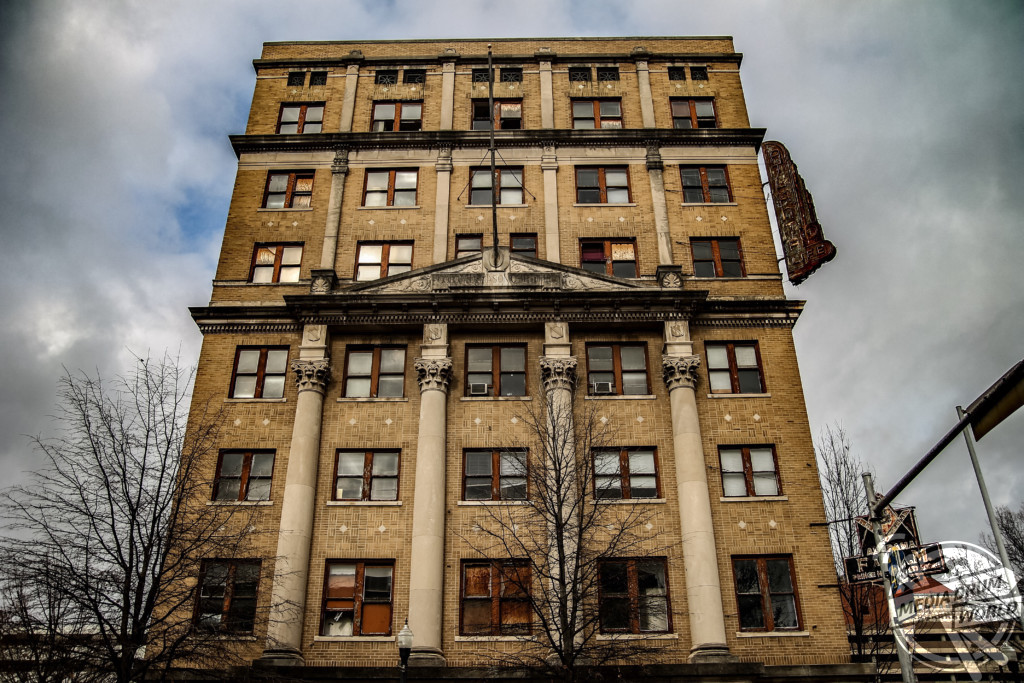Black Masons
By Zoe Cassell
LOOK INSIDE this abandoned Masonic church built specifically for African-Americans who were banned from mixing with their white fellow-masons.

During the period of official racial segregation in the US, the Coloured Masonic Temple in downtown Birmingham, Alabama played a pivotal role civil rights movement across America throughout the first half of the 20th Century. It also acted as a community business centre for black professionals.
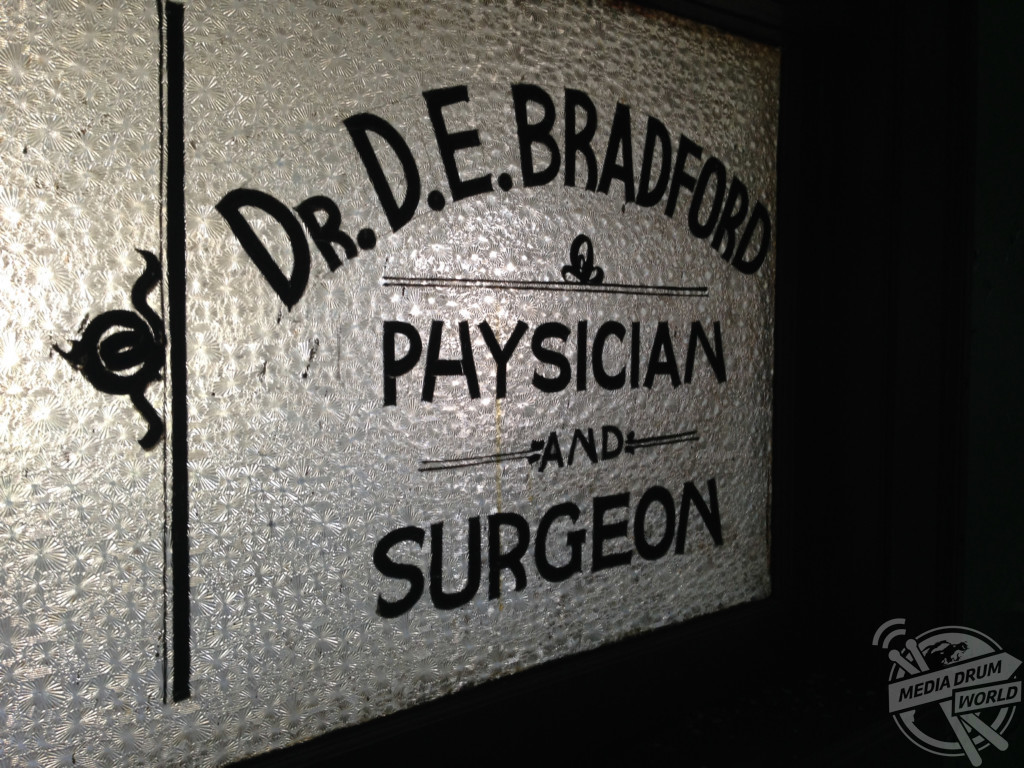
The images which show various dusty painted doors of past doctors and specialists were taken by an urban explorer known only as Abandoned South East using a Canon T3i Rebel DSLR.
“This building was the headquarters for Alabama’s African-American Free Masons,” Abandoned South East explains.
“This building was a central location for the Civil Rights movement in Birmingham and is where the first meetings were held and organised.
“A large part of this building held Black business owners like lawyers, doctors, dentists, entertainment companies and offices for the various male and female Masonic groups in Alabama.”
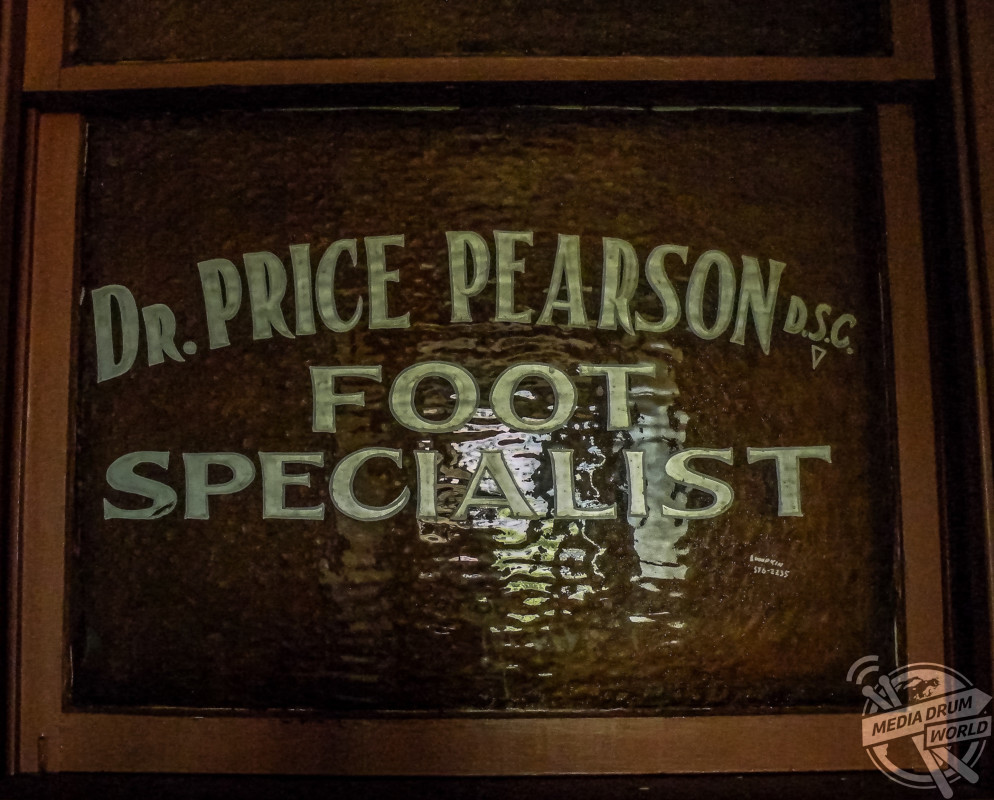
This seven-storey building housed several Civil Rights advocacy groups, including the National Association for the Advancement of Coloured People (NAACP) who are one of the oldest Civil Rights organisations in the US.

In 1956 the office doors of the NAACP inside the Masonic Temple were locked by order of Judge Walter Jones who banned them from operating in Alabama.
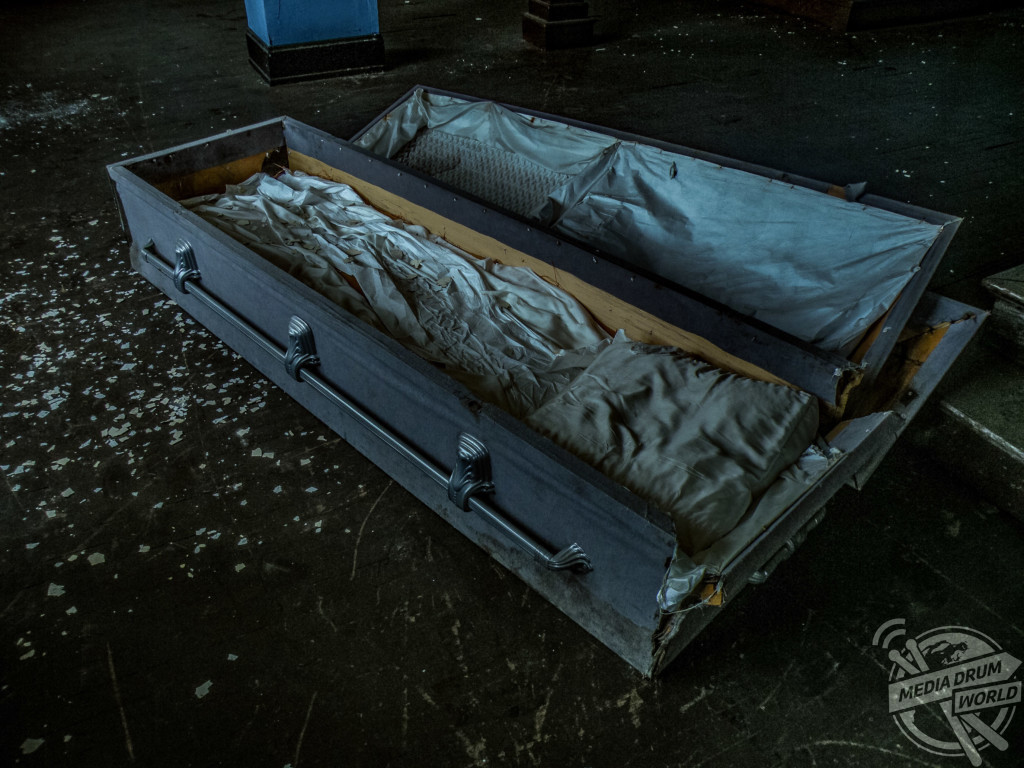
Following a long series of court battles, the NAACP were finally allowed to operate from the building again in 1964, eight-years after the original ban.
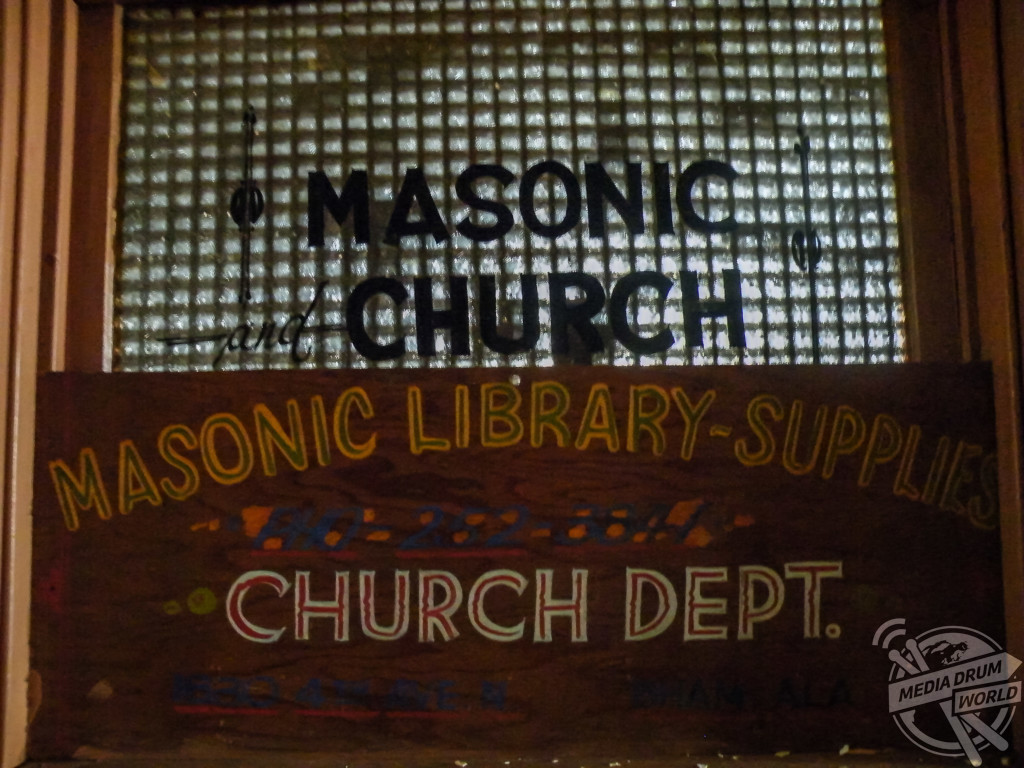
The Coloured Masonic Temple is considered to be a key monument in the Birmingham Civil Rights movement. It was part of the Prince Hall movement for black freemasons that was established in England during the 18th Century.
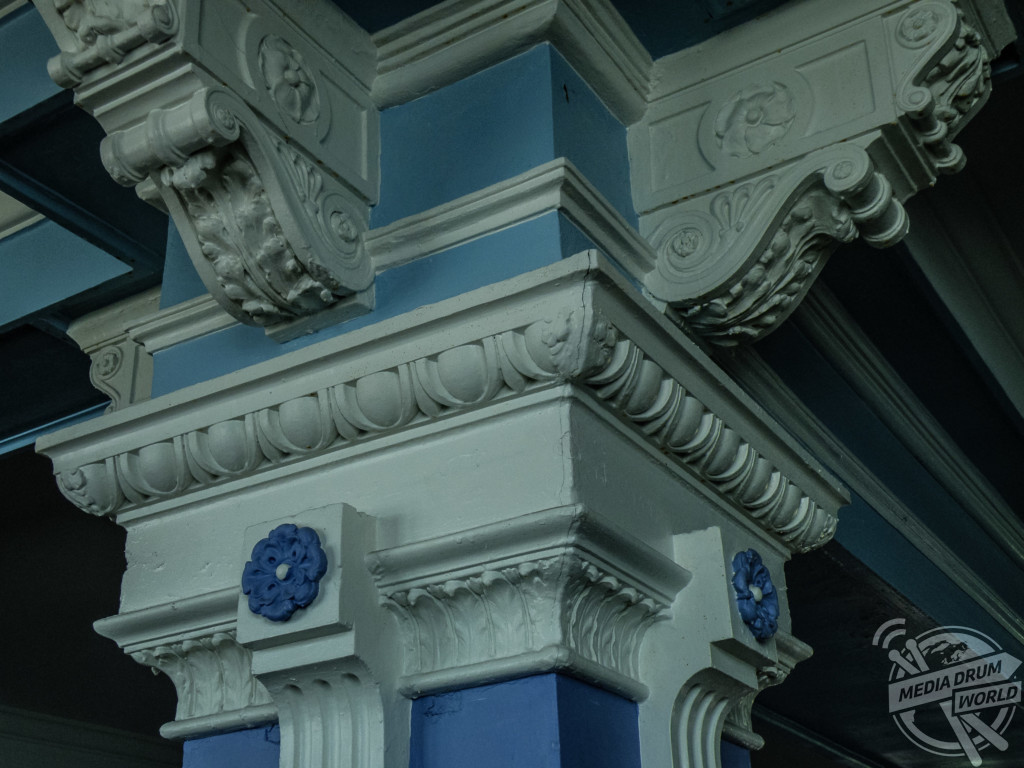
Not only did it house the NAACP’s legal team, it also provided refuge for Freedom Riders who were civil rights activists who drove interstate buses across the Southern states in 1961.
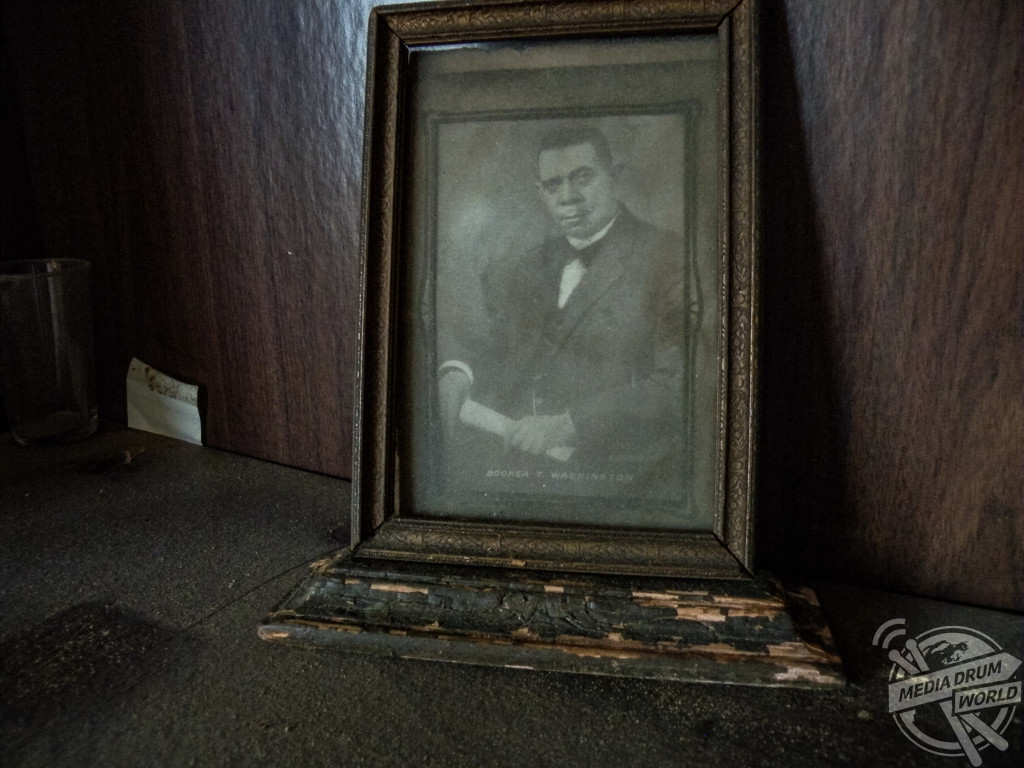
The Freedom Riders challenged ‘Jim Crow’ laws, which were local laws that enforced racial segregation in public places across the Southern US, by riding mixed-race buses.
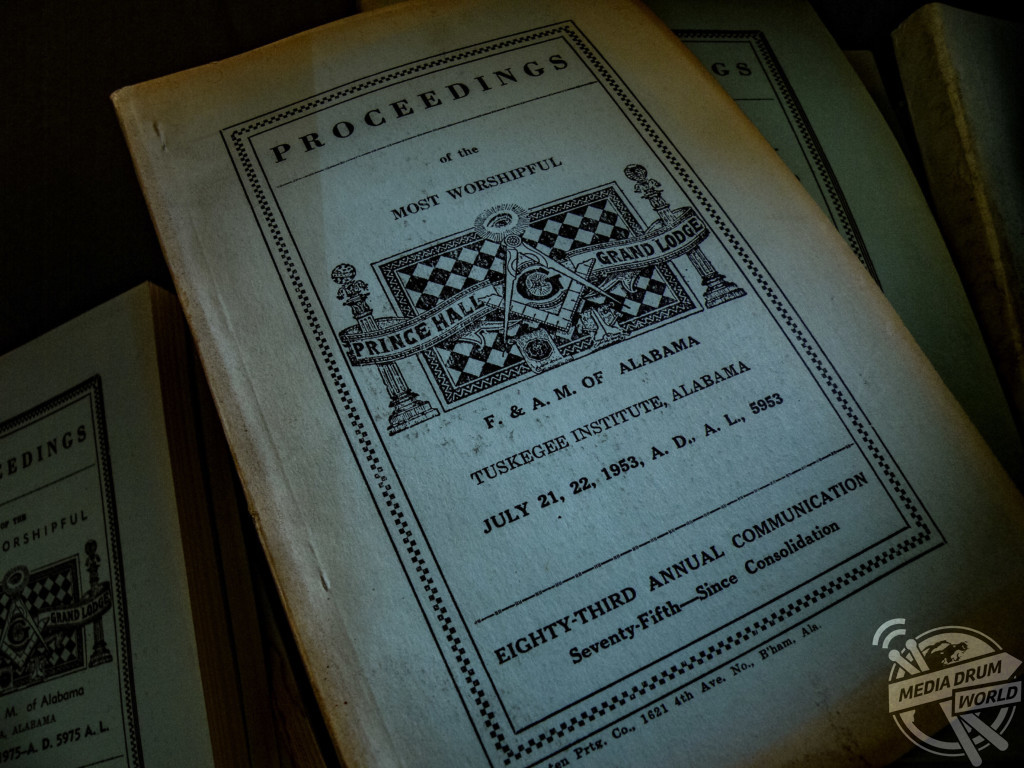
Abandoned South East hopes his photography not only inspires people to learn about their local history but also preserves these memories.
“I want to preserve the past through my camera lens for others to see.”

